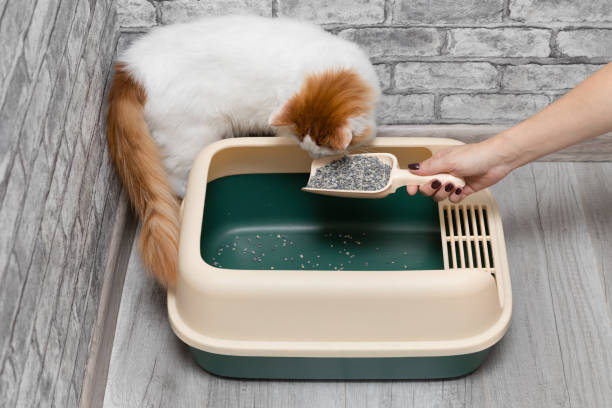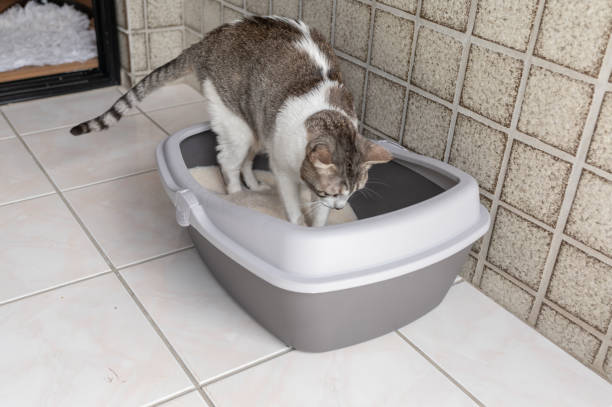How to Train Your Cat to Use a Litter Box Effectively: Step-by-Step Guide
Training your cat to use a litter box effectively is essential for maintaining a clean and comfortable home environment. This guide will walk you through the process, address common challenges, and provide solutions to ensure successful litter box training.
Table of Contents
Step 1: Choose the Right Litter Box

- Size Matters: Select a litter box that’s appropriate for your cat’s size. A larger box allows more room for your cat to move comfortably.
- Type of Litter: Experiment with different types of litter (clumping, non-clumping, scented, unscented) to see what your cat prefers.
Step 2: Position the Litter Box Correctly

- Privacy is Key: Place the litter box in a quiet, low-traffic area. Cats appreciate privacy, and a secluded spot can encourage regular use.
- Easy Access: Ensure the litter box is easily accessible, especially for kittens or older cats with mobility issues.
Step 3: Introduce Your Cat to the Litter Box

- Gentle Introduction: Gently place your cat in the litter box after meals or naps to familiarize them with it.
- No Pressure: Allow your cat to explore the box at their own pace. Avoid forcing them to use it, as this can create a negative association.
Step 4: Establish a Routine

- Consistency: Stick to a regular feeding and litter box routine. Cats are creatures of habit and will appreciate the predictability.
- Positive Reinforcement: Reward your cat with treats or praise when they use the litter box correctly.
Common Challenges and Solutions
- Avoiding the Litter Box:
- Cause: Stress, dirty litter box, or a dislike of the litter type.
- Solution: Clean the box regularly, try a different litter, or consider adding an additional box in another location.
- Accidents Outside the Box:
- Cause: Health issues like urinary tract infections or behavioral problems.
- Solution: Consult a veterinarian to rule out medical conditions. If it’s behavioral, try using calming pheromone sprays or providing more litter boxes.
- Multiple Cats and Litter Boxes:
- Cause: Territorial issues or competition.
- Solution: Provide one litter box per cat, plus an extra. Place the boxes in different areas to reduce territorial disputes.
Step 5: Maintain the Litter Box
- Daily Cleaning: Scoop out waste daily to keep the box clean and odor-free.
- Regular Replacement: Change the litter entirely once a week and wash the box with mild soap and water.
Conclusion
Training your cat to use a litter box effectively involves choosing the right box, establishing a routine, and addressing any challenges that arise. By following these steps, you can ensure that your cat develops good litter box habits, keeping your home clean and your cat happy.










